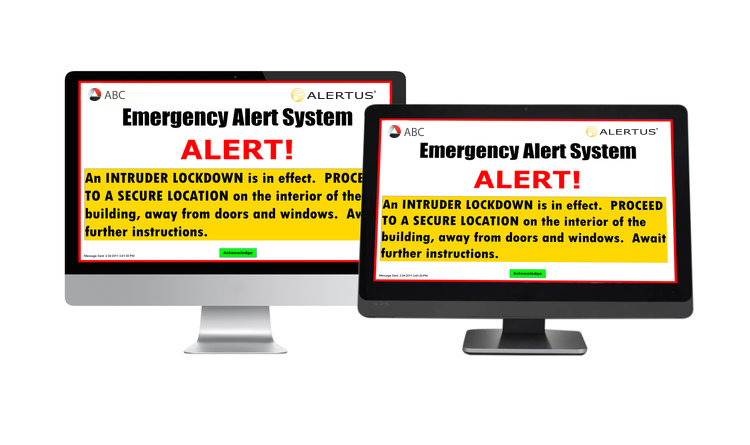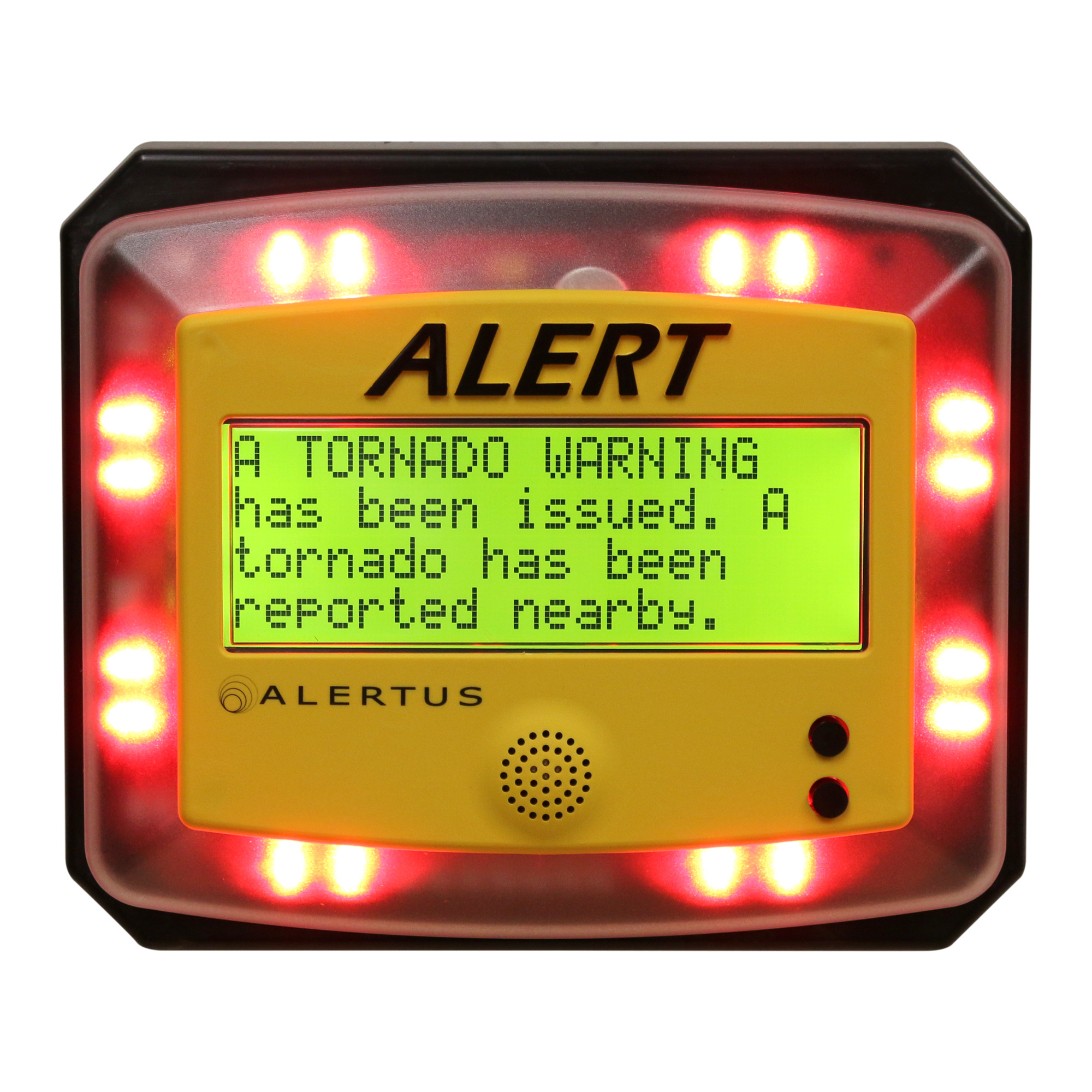A "One-Stop-Shop" Strategy for all Emergency Communications
Overview
Locations: Springfield, Beavercreek, and Bellefontaine, Ohio
Campus Type: Suburban
Enrollment: 6,000
Faculty/Staff: 4,800
Clark State turned to Alertus as their "one-stop shop" strategy for controlling and distributing all emergency communications, including their legacy email and text messaging system, across multiple campuses by leveraging their existing network-connected devices and installing Alert Beacons to provide audible and visual alerting.
Challenge
Regular assessments of emergency preparedness plans are paramount for any college or university to keep its students, faculty, and staff safe during a crisis. When safety personnel at Clark State Community College assessed the school’s plan in 2016, they recognized the need to improve the emergency communications strategies at all three of the school’s Ohio campuses located in Springfield, Beavercreek, and Bellefontaine.
“We were already using an emergency notification system (ENS), but we wanted to build on that system to maximize the number of students and employees receiving emergency messages.”
Tom Duffee, Coordinator of Risk Management and EMS Program for Clark State Community College
Solution
With creating a more robust emergency notification system now a top priority, Duffee and his team wanted to add a system that could:
Override and distribute emergency messages on all network-connected computerized devices.
Provide audible and visual alarm coverage in areas of mass gathering—cafeterias, auditoriums, and meeting rooms—without the need for purchasing and installing message boards.
Leverage the school’s Cisco phone system to distribute emergency messages.
Integrate with the National Weather Service and automatically generate messages before threatening weather.
Alertus Desktop Notification can deliver a facility-wide emergency notification in a matter of seconds.
“As we began to look at the available options, we were pleased to find that Alertus had the technology, the software, the contingencies, and the very communication solutions we desired,” Duffee explained. “We further found that the Alertus Emergency Mass Notification System would seamlessly integrate with the ENS system already in place.”
Duffee deployed Alertus Desktop™ Notification, which can immediately send pop-up alert messages on all of the school’s network-connected computerized devices even though the campuses are located in different cities. Additionally, Duffee integrated the Alertus ThreatWatcher tool to automatically broadcast real-time weather updates from the National Weather Service.
Conclusion
The wall-mounted Alertus Alert Beacon® sounds, flashes, and displays an alert message in the event of an emergency.
Next, Duffee plans to integrate Alertus VoIP phone notification with the Cisco phone system, transforming the phones on all three campus locations into a mass notification system. To provide alert coverage for the areas of mass gathering, Duffee will soon deploy Alertus Alert Beacons® throughout select locations of the campuses. These wall-mounted devices can be installed almost anywhere, produce attention-grabbing bright flashes and loud sounds, and display a custom message about the nature of the emergency and how to respond. A grant from the Ohio Controlling Board to aid the school’s security upgrade efforts made adding the Alert Beacons possible.
While the school’s primary communication strategy remains based on e-mail and text messaging, the ease of the Alertus integration was so apparent to Duffee that Alertus has become the “one-stop shop” strategy for controlling and distributing all emergency messages, including the email and text message system.
Small Incidents Produce Big Learnings
The school’s emergency preparedness plan calls for periodic tests of the Alertus System, and safety personnel has only had to activate it for three minor events, which included:
A smoke-activated fire alarm in one of the campus buildings, housing administrative and classroom functions.
A National Weather Service initiated a tornado warning.
A community police operation searching for an armed suspect near the campus.
Even though the incidents were minor and did not result in property loss or personal injury, Duffee learned much from the events and the initiation of the ENS systems. “The Alertus System functioned as intended,” he said.“By implementing Alertus, we have successfully addressed the system communication weaknesses we had initially identified as necessary for improvement.”




